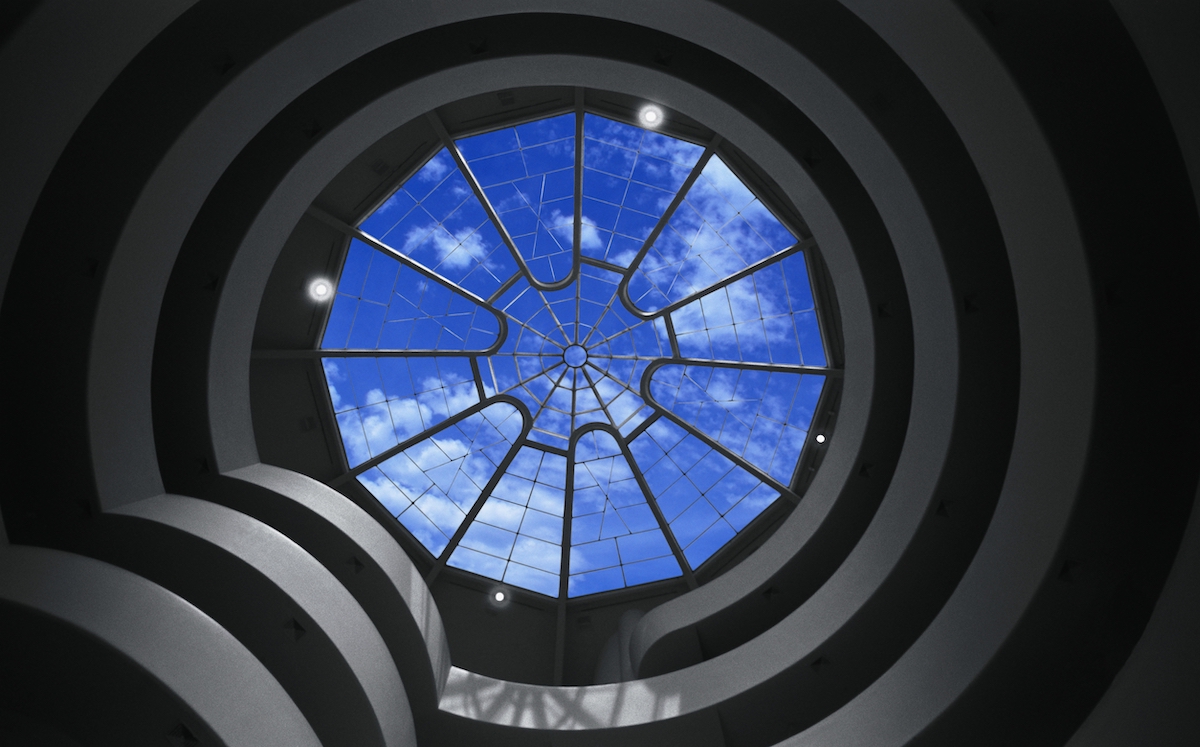
As New York City moves into phase four of its reopening plan, Governor Cuomo announced that museums and other large indoor cultural spaces will remain closed indefinitely. While zoos and outdoor gardens have been permitted to open at a lowered capacity, indoor attractions pose a higher risk for the spread of COVID-19. Mr. Cuomo recently told the New York Times, “I am very worried about the spread that we see across the country, and the inevitability that the spread will be here.” This comes as a particular blow to museums after The New York City budget for cultural affairs was cut by nearly eleven percent.
The Metropolitan Museum of Art still plans to reopen at the end of August, pending state and city approval. They released a statement announcing a reopening date of August 29th, capping attendance at twenty five percent and requiring all visitors and staff to wear face coverings. “Opening The Met’s doors is an important signal for New York and for all of us,” Met Director Max Hollein said of the plan. They also announced three new exhibits to open at the August date, which will include “Making the Met,” an exploration of the museums 150-year history, a site-specific installation on the roof garden, and an exhibition on Jacob Lawrence, an American Modernist painter. Other New York City museums like the Whitney and the Guggenheim have not yet released reopening plans.

Facing a lack of centralized government standards surrounding the reopening of museums, The American Alliance of Museums released a set of suggestions. They suggest taking a gradual approach to opening doors, providing protective equipment like plexiglass barriers and face covers, and increasing ventilation in gallery spaces. More importantly, though, they stress the need for museums to connect with their local authorities, team up with other museums, and look for downward trends in active cases in their areas. This means that for the many museums situated in highly infected areas like New York City will most likely have to wait longer to resume allowing visitors.
In other states, some museums have already opened with varying degrees of success. Artnet News reported that while museums in Texas were able to reopen in May, and have remained open since, the drastic spike in local cases over the last month may mean that they might be forced to close a second time. In California, re-closures like this have already occurred. On July 13th, Governor Gavin Newsom ordered the closure of all indoor businesses. This meant that museums, which had for a short time welcomed visitors at a reduced capacity, were forced to once again cease all in person operations. This worry of what Mr. Cuomo called “a man-made wave”- an infection spike created by the rushed reopening of indoor spaces- is what likely motivated the pushed back reopening for museums in New York City.

In the face of the uncertain reopening timeline, many of New York’s beloved institutions have continued some form of their signature programming online. The Whitney released a collection of online resources, from live screenings of video works from their collection and art history guides for teachers to downloadable Edward Hopper coloring pages. MoMA released playlists inspired by artists from their collections, and the Brooklyn Museums holds virtual “First Saturdays,” which include hands-on workshops, drag performances, and variety shows. While these virtual efforts are inspiring and work to maintain the cultural influence of these institutions, in-person visits are still crucial to their long-term wellbeing. Museums are vital to the cultural wealth of every city, providing a forum for education, expression, and conversation. Ensuring their longevity while keeping visitors and staff as safe as possible remains an arduous task.


